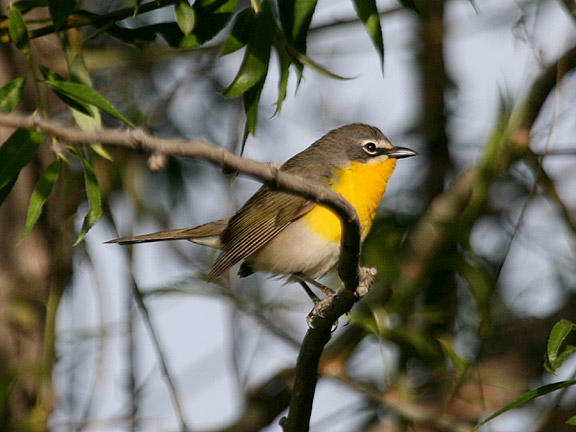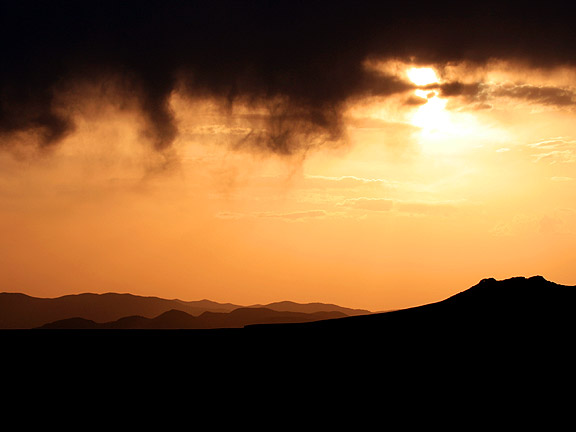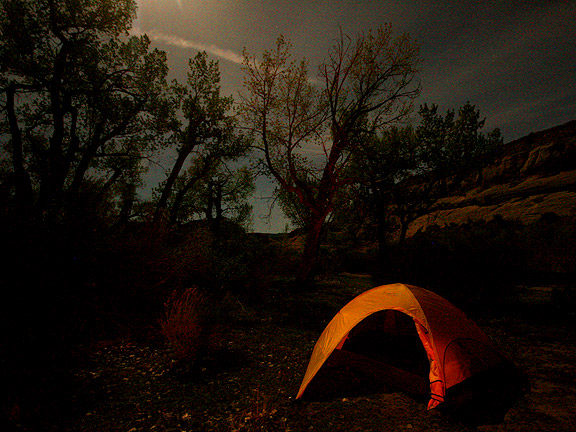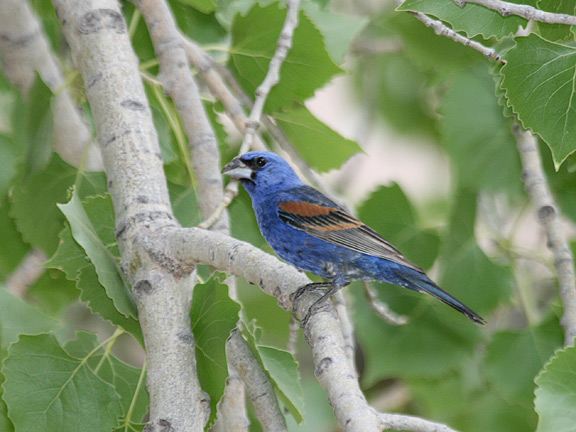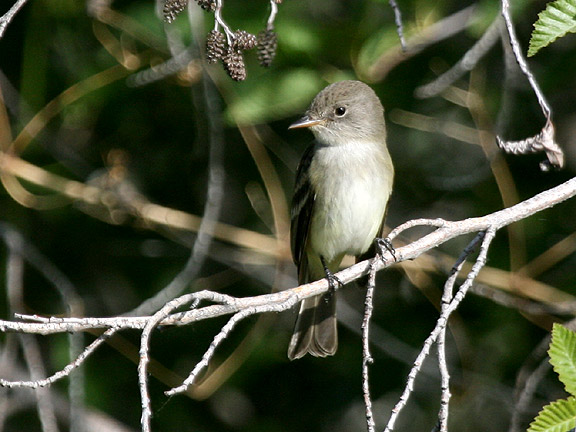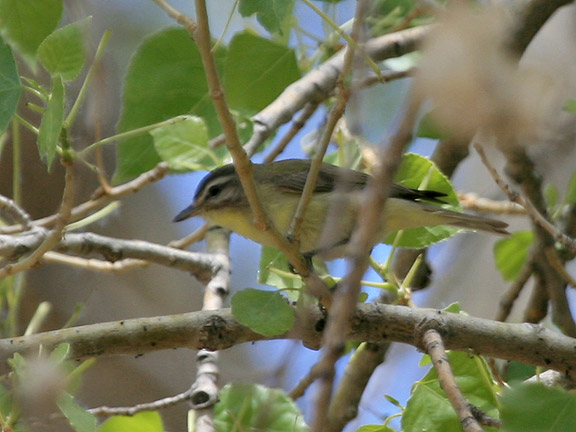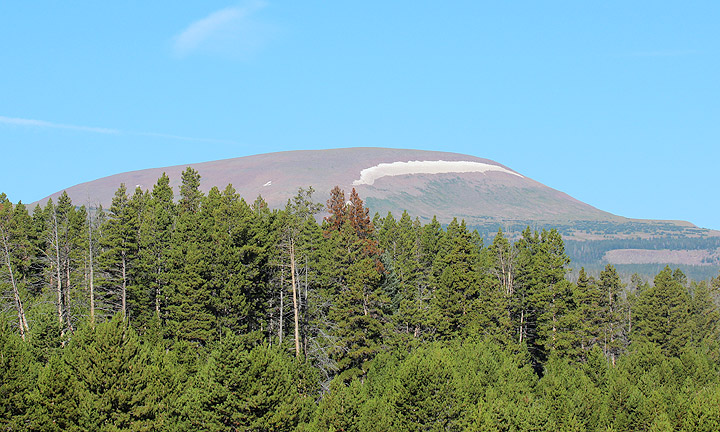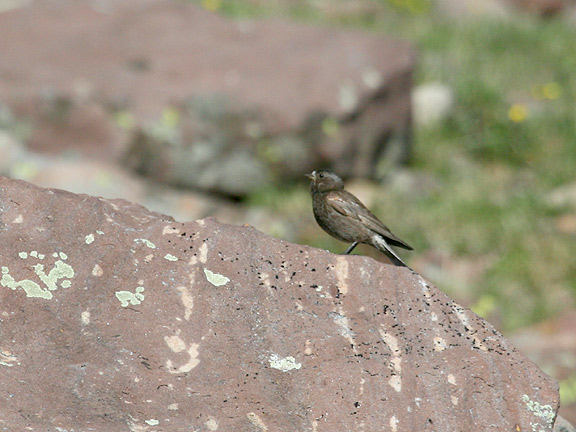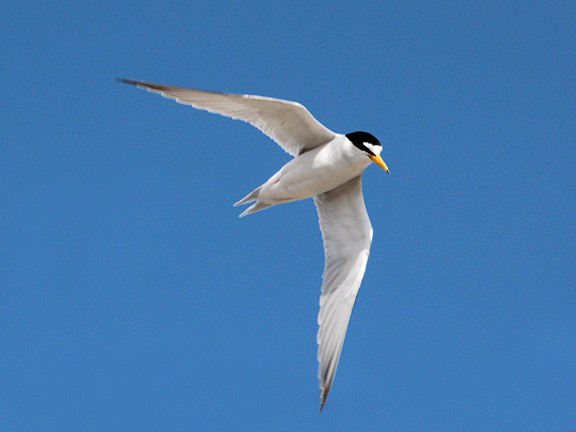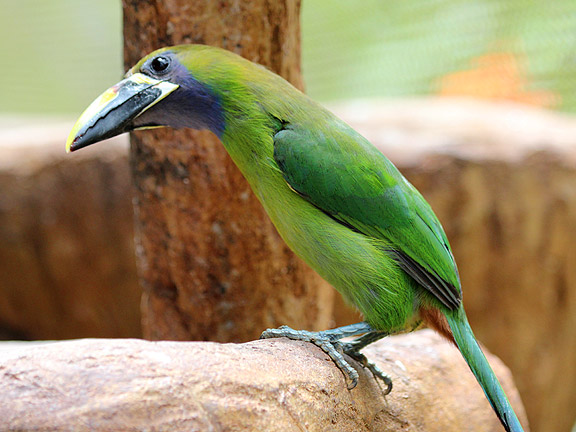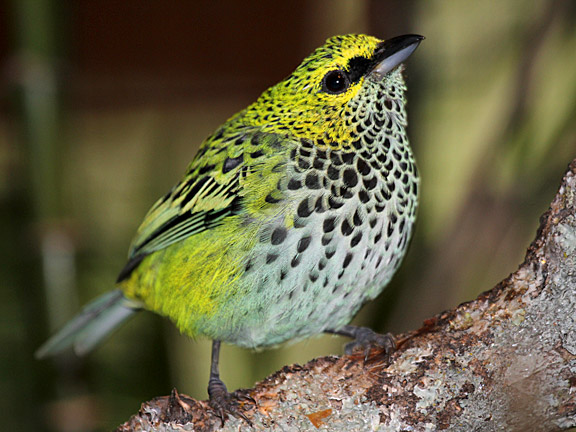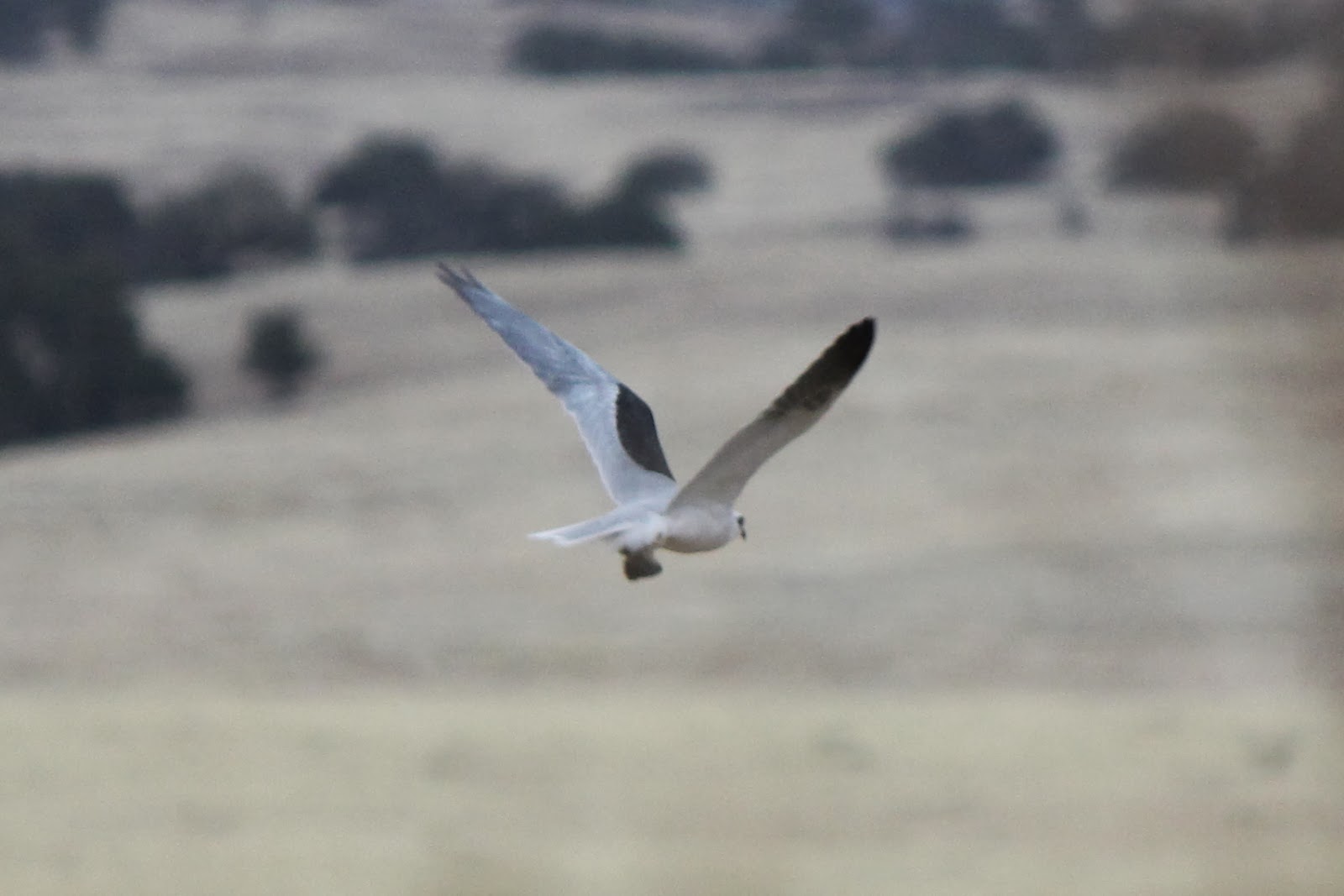This is how most days of birding go for us--the usual places to look for the usual suspects. It also lends to the the Patagonia Effect happening--if more and more people go to said spots, the likelihood of a rarity being found increase. It’s a science ;)
But I have a challenge for you in 2014, don’t just spend a great deal of time at the regular hotspots--this spring, summer, and fall take some time to explore some of Utah’s less popular, more out of the way, and what I would call most amazing birding locales. Some you may have never heard of, others are just a bit out of your normal range--but they all are 5 places you should go birding in Utah this year.
You can camp just about anywhere in the desert out here, or stay in Wendover and make the 40 mile drive north on the days you go. I like to spend a couple days hitting other migrant traps in the desert and giving yourself a chance at some turnover each day. Lucin can be reached from the north via highway 30, or as mentioned earlier from Wendover to the south. It takes about 3.5 hours to get there from Salt Lake. At night the road from Wendover can turn up good number of Common Poorwills, Burrowing Owls, and Short-eared Owls. During the day look for warblers, wrens, thrushes, sparrows, orioles, tanagers, and almost anything that migrates. Lucin has the potential to turn up something really rare!
Slightly further up River is the Rio Mesa Center which conducts bird banding and in recent years have banded a number of mega-rarities for Utah here. Spring and fall are both fantastic here--from late April to early June and mid-august to October you could turn up just about anything here. Yellow-billed Cuckoo, Eastern Wood-Pewee, Pacific-slope Flycatcher, and Yellow-bellied Sapsucker have all been reported from along the river here. There are plenty of places to camp, which can mean lots of people on busy weekends. It can also be a ghost town great for birding!
You’ve probably heard of this one, you may have even been. It’s one of the most reliable locations for White-tailed Ptarmigan in Utah--it also happens to be an epic birding location, not to be overlooked for the wide variety of species that can be seen in the vicinity. Aside from the talus slopes where ptarmigan, American Pipits, and Black Rosy-Finches forage, the forests below leading all the way back to Vernal provide habitat for nearly 100 species of birds. The high elevation conifer boasts Northern Goshawks, Three-toed Woodpeckers, crossbills, finches, sparrows, warblers, Gray Jay, and Pine Grosbeaks. Through each habitat zone leading down to Vernal you can find more and more--in the mid-elevation conifer, mixed conifer and aspen, aspen, and finally shrubsteppe.
A couple days here can provide you with some excellent birding, and camping away from crowds of people. Hacking Lake is a good spot to camp, is is just about anywhere off the road. It gets chilly here at night and the weather can be unpredictable. Snow in mid August, temperatures routinely in the low 30’s at night in the summer--lightning storms that are mighty impressive--and rain and wind for hours sometimes. But it makes for an adventure! About an hours drive north from Vernal into the Uinta’s the peak stand just over 12,000’--the birding is best in late summer into the fall--until snow sets in and that’s it for the year!
During the spring of 2013 a little known “lake” in northern Utah County proved to be one of the hottest birding locations of the year. In the middle of a subdivision in Lehi, Powell Lake, is actually a pair of ponds split by a road. The location along the Jordan River makes it a natural migration route and last year the birds seemed to pour in here. 24 species of shorebirds in 5 weeks, Glossy Ibis, a overly cooperative Least Tern, gulls, ducks, waders--you name it waterbird wise and it was probably found here in 2013. It isn’t known if this is the way things have always been here, or if 2013 was a fluke--but I know that in 2014 this will again be part of my regular spring birding stops, fro the chances that something good might turn up.
If you're not quite sure where these places are check out this link to see them on the map.
